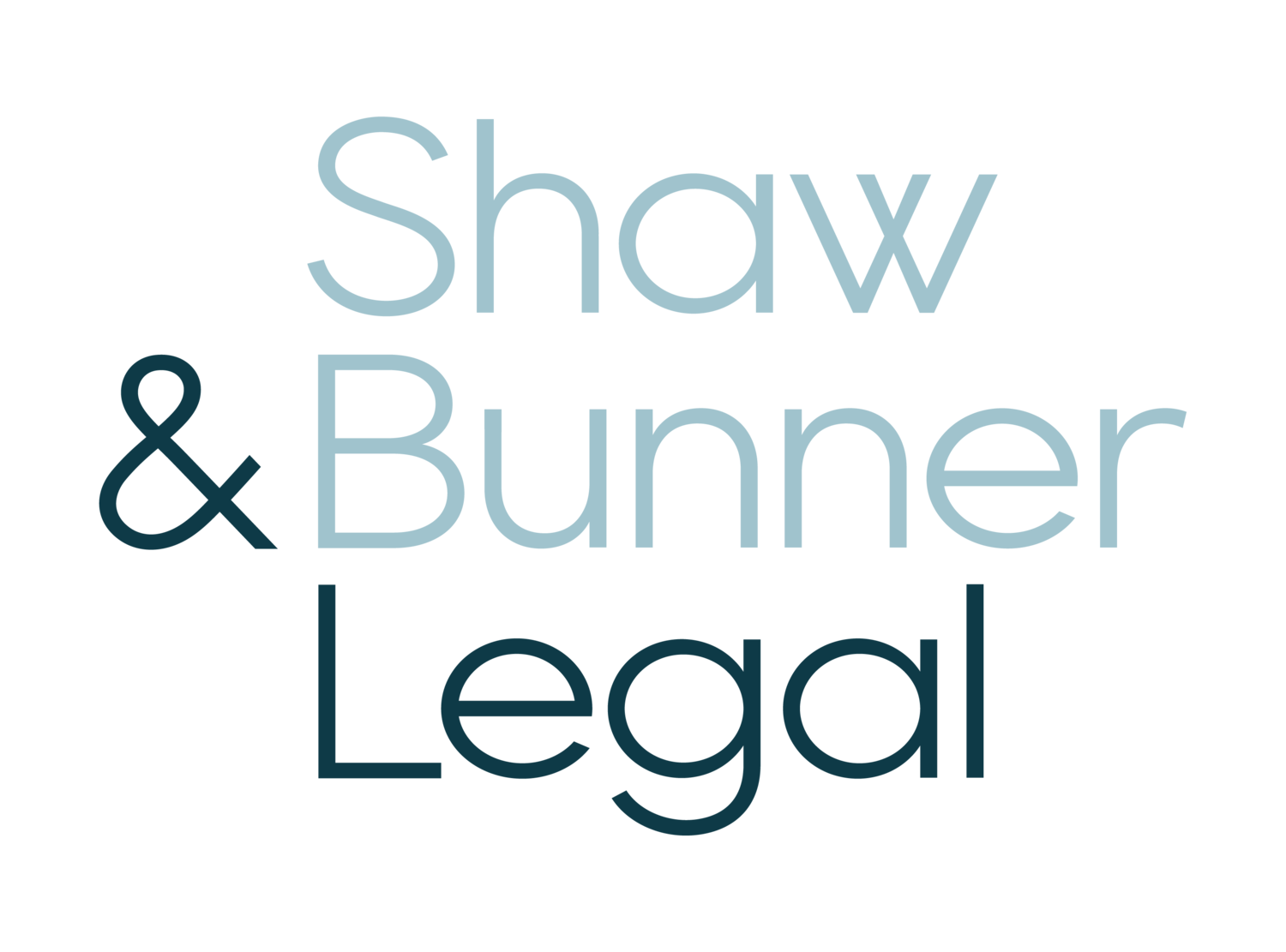What Types of Compensation Can I Get If I’ve Been in a Car Accident in NSW?
You’ve been in a car accident in NSW. Maybe you were the driver. Maybe you weren’t at fault. Injuries, medical bills, maybe you can’t work for a while. All of a sudden your life is full of questions: Who pays for my hospital? What about my lost income? What if I can’t work like before?
That pain point - worrying about costs piling up, about not being able to pay rent, maybe losing your job - can feel overwhelming. The good news? There are laws in NSW that allow you to receive different kinds of compensation. You don’t have to carry the burden alone. Knowing exactly what you're entitled to can help you reduce stress and make better decisions.
This blog explains what compensation drivers (and others) injured in motor vehicle accidents in NSW can get: medical expenses, lost income, “pain and suffering,” future loss, and more. We’ll show legal rules, some case studies of how we have helped, and what steps to take to maximise what you are entitled to.
How the NSW CTP Scheme and Statutory Benefits Work
In NSW, if you were injured in a motor vehicle accident, the Compulsory Third Party (CTP) insurance scheme applies. This is the “green slip” insurance carried by all registered vehicles.
Under the Motor Accident Injuries Act 2017 (NSW), people injured get personal injury benefits.
Statutory benefits include:
Medical and rehabilitation expenses: hospital, doctor, physio, medication, etc.
Loss of income / weekly payments if you can’t work because of the injury.
(In some cases) domestic assistance or help with day‑to‑day care.
These benefits may be available even if they were at fault however there are restrictions about how long benefits will be paid if you were at fault.
Threshold vs Above‑Threshold Injuries: Why Injury Type Matters
NSW law draws a line between threshold injuries (often called “minor” or “soft tissue” injuries) and more serious injuries above the threshold.
If your injury is a threshold injury (e.g. soft tissue, mild whiplash, minor ligaments), statutory benefits are usually limited in time and amount — often up to 52 weeks of treatment, medical care, maybe income support.
If your injuries are more serious — fractures, brain or head injury, nerve damage, spinal injuries with radiculopathy — then above‑threshold entitlements can include lump sum compensation under common law.
Types of Compensation You Can Receive
Here are the main compensation types you might get:
Medical & Rehabilitation Expenses
Past and future reasonable medical, hospital, surgery, physio, counselling, rehab, assistive equipment. Additional expenses like travel to medical, equipment, and domestic care help can also be covered in certain circumstances.
Lost Income / Weekly Payments
If you can’t work (or work less), you can claim for past loss of earnings, and sometimes future losses (if work capacity is affected).
Non‑Economic Loss (“Pain & Suffering”)
Compensation for pain, emotional distress, loss of enjoyment of life. This is only available if your permanent impairment is more than 10%.
Future Losses & Capacity
If the accident reduces your ability to earn in future, there may be compensation to cover that diminished earning capacity.
Time Limits, Fault, and Claim Conditions
Time limits are strict. Common law damages claims must be made within 3 years of the accident.
Statutory benefits and personal injury benefits claims must be lodged early — sometimes within 28 days for certain elements, or within 3 months for many benefits.
Fault matters: If another driver was at fault, that can open the door to more compensation under common law. But even if you were partly at fault, you may still get statutory benefits. Some compensation might be reduced due to contributory negligence.
Case Studies: How Shaw & Bunner Legal Has Helped
Case Study A: “Emily” – Lost Income + Medical Costs
Emily, a delivery driver from Western NSW, was hit by another car that ran a red light. She suffered a broken arm, soft tissue back injury, and needed physiotherapy plus surgery. She was off work for 4 months.
We helped Emily by:
gathering medical reports and future treatment plans;
lodging her personal injury benefits claim for treatment & weekly payments;
proving her earning losses with payroll and employer letters;
negotiating with the insurer so she also received compensation for future income loss.
Outcome: Emily got all her hospital and rehab bills covered, weekly payments during her recovery, and extra compensation so she could make up for income she lost and the reduced hours she would now work for some time.
Case Study B: “Mark” – Above‑Threshold Injury + Pain & Suffering
Mark was a 45‑year‑old truck driver. He was rear‑ended at speed. He suffered an injury to his neck which ultimately required fusion surgery. He also suffered anxiety and reduced ability to work full time.
What we did:
arranged a specialist medical assessment to measure impairment;
documented his lost combined income, future capacity losses;
included non‑economic loss (pain, suffering, loss of enjoyment of life) since his impairment was above 10%.
Result: Mark settled for a lump sum that covered his past and future income loss and non‑economic compensation so he could manage ongoing lifestyle changes without being financially devastated. The CTP insurer remained responsible for payment of Mark’s medical expenses.
Key Takeaways
The NSW CTP scheme gives you statutory benefits for medical costs and lost income, often regardless of fault, especially in the first 52 weeks.
More serious or permanent injuries (above‑threshold) may allow you to claim common law damages, including non‑economic loss (pain, suffering).
Acting quickly matters: lodging forms, seeking medical assessment, documenting income, keeping receipts, meeting time limits.
Even partial fault doesn’t always block your claim; but fault can affect how much you receive.
Having a specialist personal injury lawyer can help ensure your claim includes all your losses — past, present and future — and that non‑economic losses aren’t overlooked.
Next Steps
If you’ve been injured in a car accident in NSW, here’s what you should do to protect your rights and maximise your compensation:
See a doctor immediately.
Keep all receipts, bills, payslips, work statements. Document how injury affects your work and daily life.
Lodge your claim under the CTP scheme as soon as possible (the “Application for Personal Injury Benefits”).
Get legal advice from a lawyer experienced in motor vehicle accident claims. They can help with common law claims, non‑economic loss, future capacity loss.
Don’t accept early offers or quick settlements before you understand your full entitlements.
Frequently Asked Questions (FAQs)
-
You can claim reasonable and necessary costs like hospital treatment, surgery, physiotherapy, counselling, rehabilitation, medication, assistive equipment, and sometimes travel to medical appointments.
-
You can claim for your past lost wages while you were unable to work. If your ability to earn in the future is reduced, you may also claim future income loss, depending on impairment, your job, and age.
-
Non‑economic loss is compensation for pain, suffering, loss of quality of life. To get it, your injury usually must result in more than 10% permanent impairment, and meet the “above‑threshold” criteria under NSW law.
-
Yes — being partly at fault does not automatically stop you from getting statutory benefits. But it can reduce the amount you receive, especially in common law claims, due to contributory negligence.
-
You generally have to lodge personal injury benefits claims soon (some benefits require lodgement within 28 days, many within 3 months). For common law damages (pain and suffering, future income loss etc.), you usually must start a claim within 3 years of the accident.
Written by the
Shaw & Bunner Legal Team
At Shaw & Bunner Legal, we’re highly experienced personal injury lawyers proudly serving clients across regional NSW. With over a decade working in national firms and deep personal ties to the coal mining industry, we’re uniquely positioned to help injured workers—especially miners—navigate complex claims with confidence.
Since our start in 2018, we’ve committed to providing clear, compassionate, and solution-focused legal advice that delivers real results. When you read our content, you’re getting insights from a team that truly understands what you’re going through—because we’ve lived it, worked in it, and helped hundreds of people through it.
Disclaimer: This article is general information only and cannot be regarded as legal advice as it does not take into account your personal circumstances. For tailored advice, please call us on (02) 4046 1805 or email us at admin@shawbunner.com.au.

